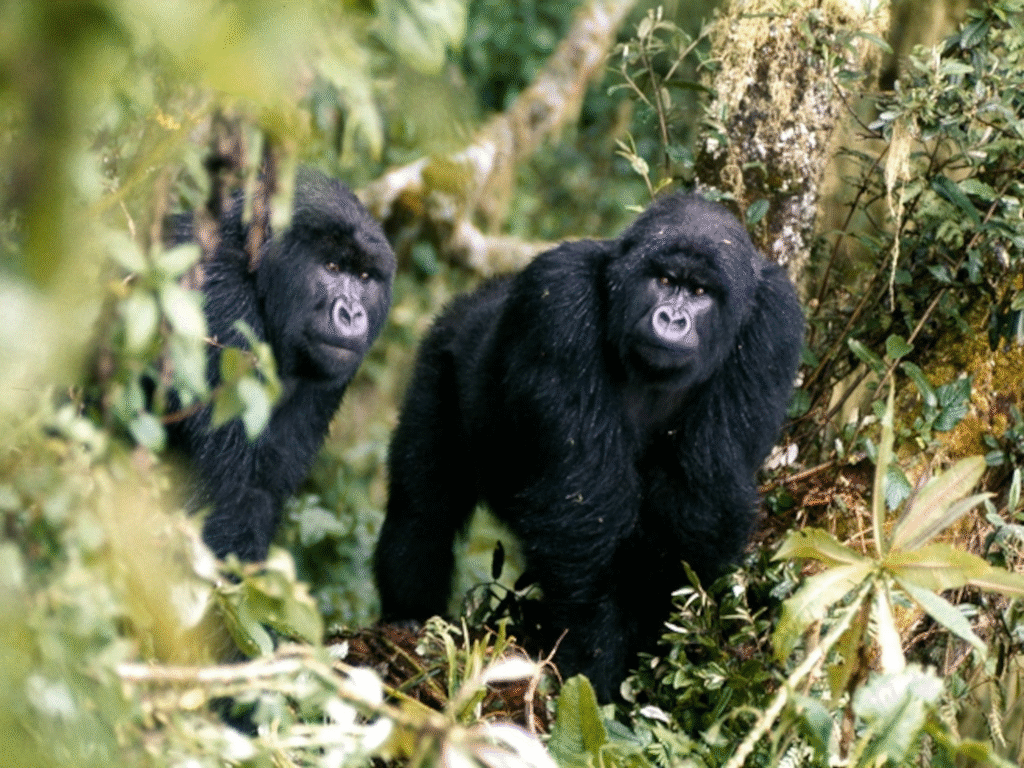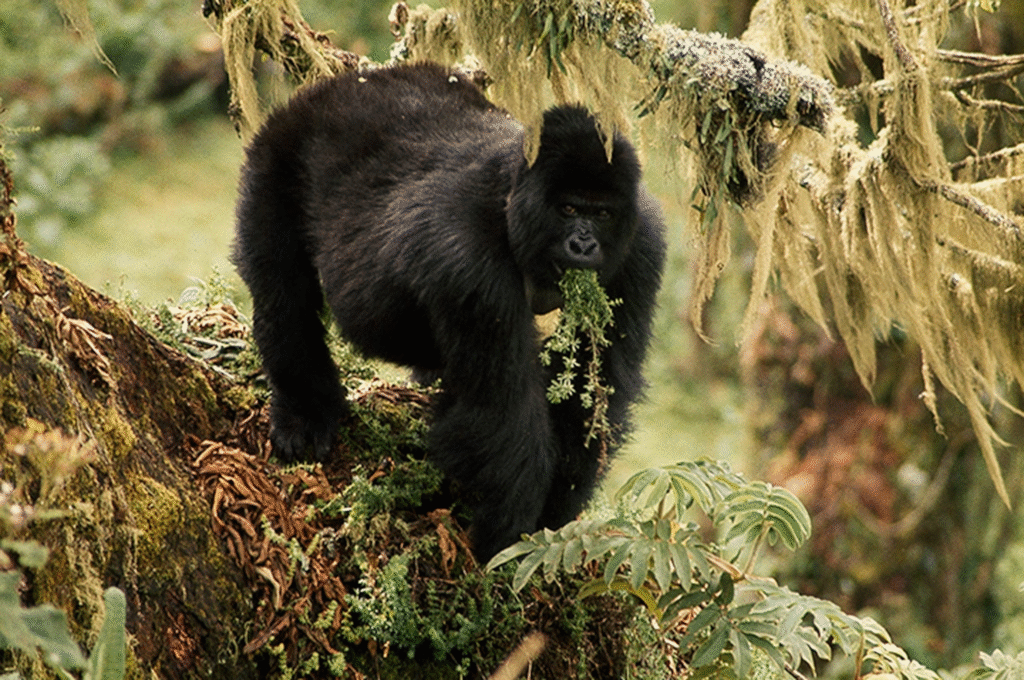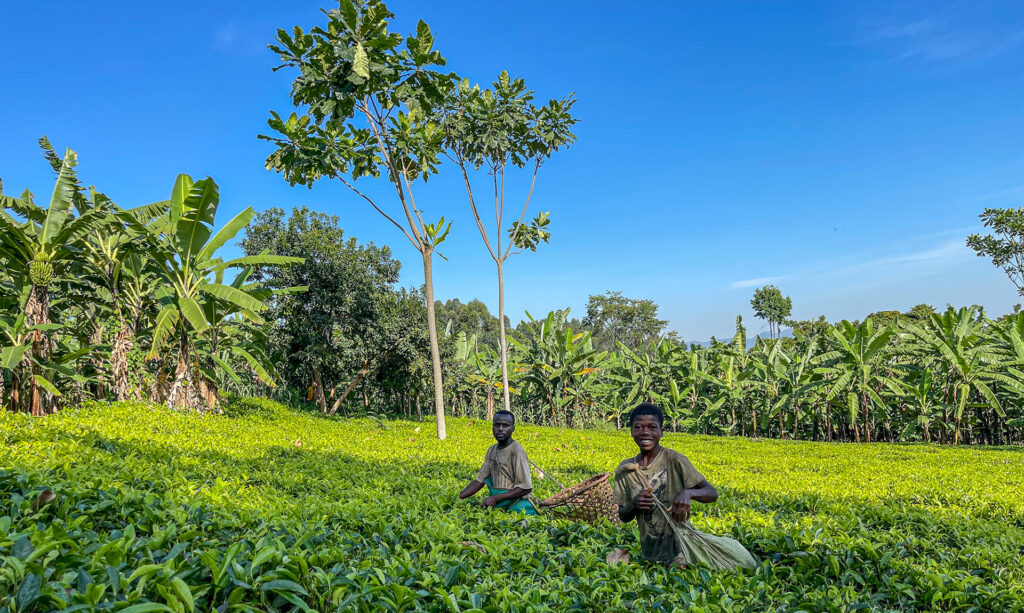Where the soul of the forest whispers in the mist
Uganda’s climate is a quiet gift that shapes life across its rolling hills, green valleys, and vibrant towns. Situated near the equator, the country enjoys a warm, tropical climate moderated by high altitudes, giving it consistently pleasant weather throughout the year. Instead of dramatic seasonal extremes, Uganda experiences gentle transitions between two main periods—wet and dry seasons—that bring a rhythm to farming, wildlife, and everyday living. With temperatures rarely straying far from the mid-20s°C (mid-70s°F), Uganda offers one of the most comfortable year-round climates in Africa, making it a dream destination for both nature lovers and cultural explorers.
These subtle seasons are more than just weather—they influence the nation’s agriculture, traditions, and natural beauty. Rain supports the fertile lands that feed the country, while dry seasons open the door for unforgettable safaris and gorilla treks. Across villages and cities, the rhythm of the rains dictates planting cycles, festivals, and even family routines. Though climate change brings new uncertainties, Ugandans continue to adapt with traditional wisdom and resilience. In Uganda, the seasons don’t just pass—they speak, they nourish, and they shape the heartbeat of the land.
So lace up your boots, grab your camera, and prepare to meet the wild — this is where your gorilla trekking dreams and unforgettable safari adventures truly begin.
Truly Iconic Highlights in Uganda
Trek through Bwindi’s mystical rainforest and meet the endangered mountain gorillas in their breathtaking natural home.
Encounter mountain gorillas and golden monkeys on Mgahinga’s misty volcanic trails, where culture and alpine wildlife thrive together.
Unwind after your trek with a peaceful canoe ride across Lake Bunyonyi, Uganda’s most tranquil and scenic highland lake.
Enhance your gorilla trekking safari with an optional chimpanzee encounter in Uganda’s lush forests, adding depth and diversity to your primate adventure
Uganda’s Climate and Seasons: Where the Sun Meets the Rain and Life Blossoms Year-Round
Uganda is a country where nature doesn’t shout—it whispers, hums, and pulses with quiet certainty. Nestled near the equator, Uganda enjoys a climate that feels less like harsh extremes and more like a gentle rhythm—sun-drenched days, cool nights, and life-giving rains that return in faithful cycles. The seasons here don’t bring winter coats or snowfalls; instead, they bring renewed green, harvests, and a peaceful constancy that makes Uganda one of the most beautifully temperate countries in Africa.
For travelers and locals alike, Uganda’s climate offers comfort and consistency. Whether you’re hiking through misty forests in Bwindi, sailing across Lake Victoria, or exploring the dry savannahs of Kidepo, there’s a harmony to the weather that enhances every experience. It’s not just geography that defines Uganda—it’s this climate, this natural balance between sunshine and rain, that supports biodiversity, agriculture, tourism, and daily life in ways both subtle and profound.
Equatorial Climate: Warm Days, Cool Nights
Positioned almost directly on the equator, Uganda enjoys a tropical equatorial climate, but thanks to its varied altitude and landscapes, the heat is often moderated by elevation. Most of the country lies between 900 to 1,500 meters above sea level, allowing for a warm yet comfortable climate year-round. Daytime temperatures typically range between 25°C to 30°C (77°F to 86°F), while nighttime brings cooler breezes that settle between 16°C and 20°C (61°F to 68°F)—especially in the highlands.
This mild and consistent warmth makes Uganda a haven not only for visitors seeking outdoor adventure but also for the wide range of crops and wildlife that thrive across its ecosystems. The country’s tropical feel is softened by lush greenery and ever-changing cloudscapes, often giving way to brief showers or dramatic afternoon storms that cool the earth and quench its thirst.
Rainy and Dry Seasons: Uganda’s Subtle Seasonal Dance
Unlike countries with dramatic four-season climates, Uganda moves through the year in two main cycles: wet and dry seasons, which vary slightly depending on the region. The central, western, and southern parts of Uganda typically experience two rainy seasons—March to May and September to November. These months are vital for agriculture, reforestation, and replenishment of water bodies. The rains, though sometimes heavy, are often followed by bright skies and sunshine.
The dry seasons run roughly from December to February and June to August, offering clear skies, lower humidity, and easier road conditions—making these periods particularly popular for tourism and wildlife viewing. However, regions such as northern and northeastern Uganda, including Karamoja and Kidepo Valley, tend to have only one rainy season, with a longer dry period that brings harsher heat and more arid conditions.
Despite regional variations, Uganda rarely experiences climate extremes like prolonged droughts or floods, making it a land of relative environmental stability. This predictability not only benefits daily life and farming cycles but also plays a key role in the country’s growing ecotourism appeal.
Climate’s Role in Culture, Agriculture, and Wildlife
In Uganda, the climate doesn’t just affect weather—it shapes culture, lifestyle, and survival. Rural communities plant their crops based on the rains, celebrate harvest seasons with rituals and festivals, and adapt their housing, diets, and clothing to the seasonal flow. Farmers depend heavily on the reliability of rain for planting staples like bananas, maize, cassava, and beans. Climate knowledge is passed from generation to generation—not in charts, but in the stories, habits, and instincts of the people.
Wildlife, too, responds to these seasonal patterns. During the dry months, animals in national parks gather around waterholes, making them easier to spot on safari. Bird migrations swell Uganda’s skies with thousands of seasonal visitors, while forests like Bwindi and Kibale remain lush and teeming with life year-round due to their high-altitude rainforest ecosystems. Even gorilla trekking is impacted by the climate—while possible all year, the drier months tend to offer more accessible trails and clearer views.
Facing Climate Change with Local Wisdom
While Uganda enjoys one of the most forgiving climates on the continent, the country is not immune to the realities of climate change. Shifting rain patterns, rising temperatures, and more unpredictable weather events have started to impact agriculture, water resources, and vulnerable ecosystems. For communities dependent on rain-fed farming, even a small shift in season timing can lead to poor yields or food insecurity.
Yet, Uganda’s strength lies in its adaptive spirit. Farmers are embracing climate-smart techniques, from terracing and agroforestry to drought-resistant crops and rainwater harvesting. Local organizations, schools, and conservation groups are also engaging communities in protecting wetlands, forests, and watersheds that act as climate buffers. The connection Ugandans have with their environment is intimate and practical—deeply rooted in survival, stewardship, and hope.
More Information About Uganda to Know.
Uganda is a culturally rich and naturally diverse country, home to vibrant traditions, stunning landscapes, and welcoming people. From its deep history to its thriving wildlife and modern identity, Uganda truly stands as the Pearl of Africa.
In the Realm of Giants – Bwindi & Mgahinga in Frames.
Wander through an elegant gallery capturing Uganda’s most exclusive gorilla sanctuaries, where ancient forests cradle the last mountain gorillas in a world of mist, mystery, and majesty.
Essential Planning Tips for Visiting Uganda’s National Parks.
Get ready for the wild heart of Africa with expert travel tips on when to visit, what to pack, where to go, and how to make the most of your safari across Uganda’s breathtaking national parks.
Why Uganda for Gorilla Trekking?
Uganda is not just a destination — it's the very soul of gorilla trekking. With over half of the world’s remaining mountain gorillas calling its misty forests home, Uganda offers the rarest encounters in their most authentic setting. Here, your journey is not rushed or crowded. Instead, you’re guided by experienced rangers through pristine jungles where gorillas live as they always have — wild, free, and magnificent
From insider travel insights to unforgettable trekking guides, our blog is your trusted path into Uganda’s wild heart — connecting you with mountain gorillas, breathtaking landscapes, and the soul-stirring adventures that make this land unlike any other.





